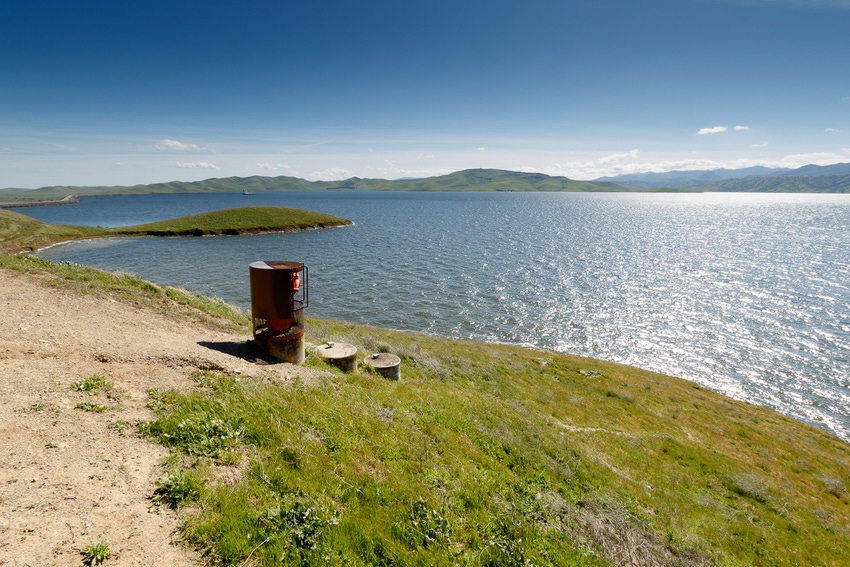
Earlier this month a major California newspaper reported that the City of Modesto discharged an estimated 29 million gallons of “partially treated wastewater” per day into the San Joaquin River after city workers feared treatment pond levees would soon fail.
A group called “Families Protecting the Valley,” recently used this and a 2008 story from another newspaper to once-again emphasize that the fish problems inherent in the Delta are not because of the large pumps that move water from the Delta near Tracy to San Luis Reservoir, but are likely caused by ammonia brought on by municipal wastewater plants flushing the collective toilets of large cities into the Delta.
Anyone with a high-school science education who has raised fresh-water fish in an aquarium can understand the logic behind this. Too much ammonia in the water will kill fish – any fish store employee will tell you that as they sell you a water-testing kit.
Could this same phenomenon also be responsible for declines in salmon populations? If that’s the case, then why are there no reported problems with bass in the Delta, which some say are doing quite well and others blame for predation of salmon and smelt? Do bass have a higher tolerance for ammonia than other fish?
In other Delta-related news, someone explained to me why high Delta outflows were not captured last year but were pumped into San Luis Reservoir this year so that the lake was full by mid-March. The simple reason officials could fill San Luis this year and not last year apparently had everything to do with January flood flows on the San Joaquin River, which apparently created a positive flow at the pumps responsible for moving water into the reservoir.
Without those high flows, I was told, those pumps can change the flow direction in the Delta, making it easier to pull in Delta smelt.
This brings up a couple points: why not built a succession of screens capable of keeping the fish out of the pumps during periods when Northern California rivers flow hard and the San Joaquin doesn’t? If we can build a bullet train certainly we have the know-how to construct fish screens.
While we’re at it, why not build a few more storage facilities like Sites and Temperance Flat. We’ve just seen where more water on the San Joaquin River can have a net positive impact on moving storage into San Luis Reservoir and Temperance Flat would certainly add capacity to the San Joaquin River.
Also, it stands to reason that the storage of more fresh water could help flush the toxins that are daily dumped into Delta out to sea, where they apparently have the ability to become non-toxic and of little concern to the Environmental Protection Agency and the environmental group Greenpeace.
About the Author(s)
You May Also Like






